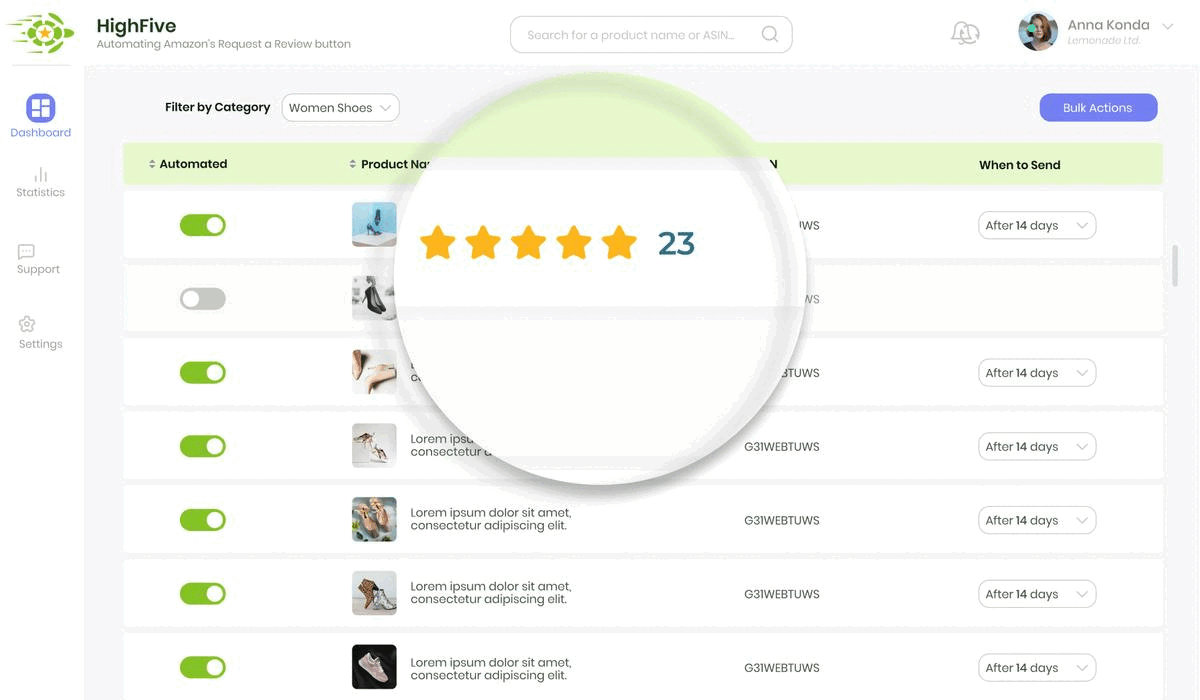It's not often that one finds themselves at the intersection of entrepreneurial strategy and literary prowess, but here we are. The heart of this article is a testament to the world we now inhabit, where the power of digital advertising is as crucial as the quality of the product itself.
In the realm of Amazon's vast marketplace, the battle isn't just about having the best product—it's about smart advertising. The concept of negative product targeting, as this piece explores, is a powerful tool in this fight. It's a game of chess, not checkers, and just like any seasoned player, you must anticipate your opponent's moves. If an adversary's product outperforms yours in terms of ratings or pricing, why would you want to advertise on their turf?
The importance of such a strategy might seem counterintuitive. Why focus on where not to advertise? But consider this, the art of business isn't just about knowing when to make a move, but also when to hold back.
Negative product targeting allows you to avoid advertising your product on pages where it may be overshadowed by superior competition. It's like avoiding a boxing ring where the opponent has an unfair advantage. It's not cowardice, it's strategy.
The essence of this article is not just about understanding the tools available to us in the digital world, but also about understanding the nuances of competition and strategy. It's about finding that perfect balance between pushing forward and knowing when to step back. That, my friends, is the heart of not just this piece, but of business itself.
Remember, it's not just about being the best, but about being the best at playing the game. And in the grand scheme of things, isn't that what truly matters?
Welcome to the world of negative product targeting. Welcome to the next level of your business strategy.
Enjoy the read.
Negative Product Targeting on Amazon
When you use product targeting on Amazon, any searches containing items related to yours will also show your listings. It’s a useful tool for appealing to the customer base of competing or related sellers.
What Is Amazon PPC Product Targeting?
Similarly, negative product targeting is a feature of Amazon that prevents your ads from displaying when the search term matches your negative product selections and negative keywords. By choosing a list of brands and products that you wish to exclude, you can keep your ads relevant to your visiting shoppers, saving money on your advertising cost of sale (ACOS).
What Is Negative Targeting in Amazon?
Negative Product Targeting is a feature in Sponsored Ads. These ads appear on targeted search pages and product detail pages. The feature ensures that only relevant shoppers see your ads.
How to Use Negative Amazon Targeting
You don’t want your ads to display on irrelevant brands.
- Prevent advertising on irrelevant searches
For example, let’s say you sell toy trains.
Imagine that there was a clothing brand known as “ToyTrains.” While the keywords match, shoppers looking for the clothing brand will not be interested in your toy train products. Using negative product targeting will prevent you from wasting advertising money on this irrelevant search.
- Don’t be associated with the wrong brands
Another reason to use negative product targeting is to disassociate yourself with certain brands.
For instance, you may notice that your ad is displayed on the product pages of lower-quality brands. When your products become associated with certain brands, you may find that your product develops a poor reputation by association.
- Make sure your ads aren’t promoting your competitors
You may also wish to find high-performing ASINs and target them manually.
For instance, if a certain product similar to yours has a higher rating and a lower price, there isn’t much point in advertising your product on this other product’s page. By using negative product targeting, you can make sure your ad doesn’t appear on product pages that will likely out-perform yours.
